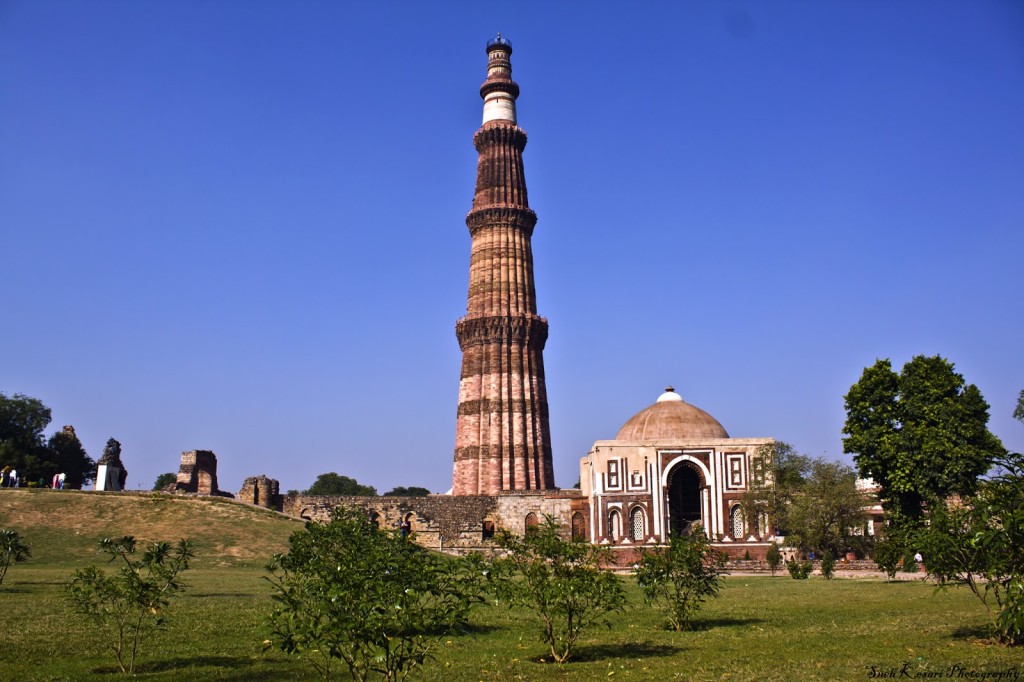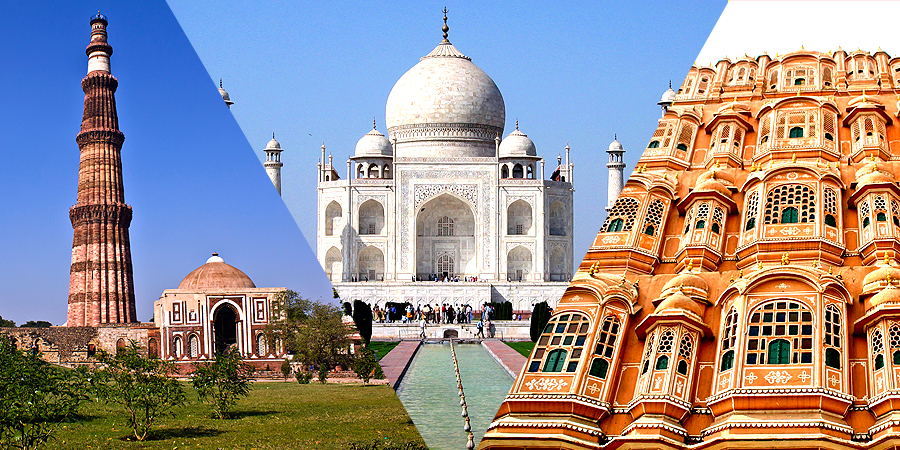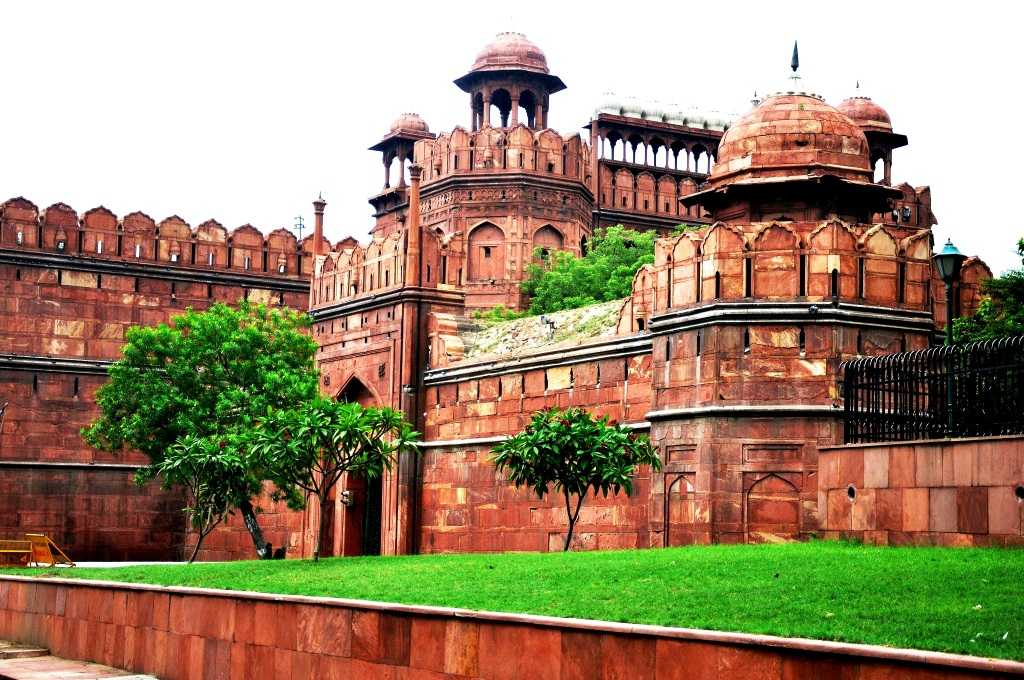Golden Triangle Packages to explore the oldest charm of Mughals and Royals
July 7, 2016
Planning an itinerary in India is a daunting and often overwhelming task. In a country so large and diverse, it’s a good idea to divide and conquer, and three of India’s most visited cities, New Delhi, Jaipur and Agra, make up a popular and compact triangular route in the Northwest. In seven to eight days, you can experience busy life in the capital, cross the Taj Mahal off your bucket list and learn about Rajasthani culture in the Pink City.
A Golden Triangle tour typically starts and ends in New Delhi, a city known for the labyrinthine alleyways, colorful bazaars and piping hot street foods of the Old City. The large capital with all the trappings of a modern city makes a convenient entry and exit point while allowing you to get acclimated to the weather, time zone and culture.
After two to three days in Delhi, catch the train or bus south to the city of Agra, home of the Taj Mahal. Get an early start to see the behemoth white marble mausoleum shift colors from pink to white as the sun rises, and before the tour buses start pouring in. Further along the river, you’ll visit the Agra Fort, a red sandstone structure built by Emperor Shah Jahan. The room in which he was later imprisoned gave him a clear view of the Taj Mahal, his greatest masterpiece and symbol of his love for his favorite wife.

Delhi – A symbol of the country’s rich past and thriving present, Delhi is a city where ancient and modern blend seamlessly together. Delhi showcases an ancient culture and a rapidly modernizing country. Dotted with monuments there is much to discover here. Rickshaws wind their way through this crowded, bustling capital of the Mughals, where life continues, much as it did hundreds of years ago.

It is home to three World Heritage monuments—Qutub Minar, Red Fort and Humayun’s Tomb that have survived many centuries, and give an idea of architectural wonders created by emperors in the past.
Rickshaws wind their way through this crowded, bustling capital of the Mughals, where life continues, much as it did hundreds of years ago. It is home to three World Heritage monuments—Qutub Minar, Red Fort and Humayun’s Tomb that have survived many centuries, and give an idea of architectural wonders created by emperors in the past.

Agra, a city in northern India’s Uttar Pradesh state, is home to the iconic Taj Mahal, a mausoleum built for the Mughal ruler Shah Jahan’s wife, Mumtaz Mahal, who died in childbirth in 1631. Set behind a reflecting pool inside a courtyard defined by 4 minarets, the imposing main building features a massive dome and intricately carved white marble inlaid with precious stones.
Jaipur the capital of India’s Rajasthan state, evokes the royal family that once ruled the region and that, in 1727, founded what is now called the Old City or “Pink City for its trademark building color. At the center of its stately street grid (notable in India) stands the opulent, colonnaded City Palace complex, which today houses several museum collections of textiles and art., the Jantar Mantar, the royal observatory, maintains a heavenly aspect; and the honeycomb Hawa Mahal gazes on the bazaar below. And just out of sight, in the arid hill country surrounding the city, is the fairy-tale grandeur of Amber Fort, Jaipur’s star attraction.


